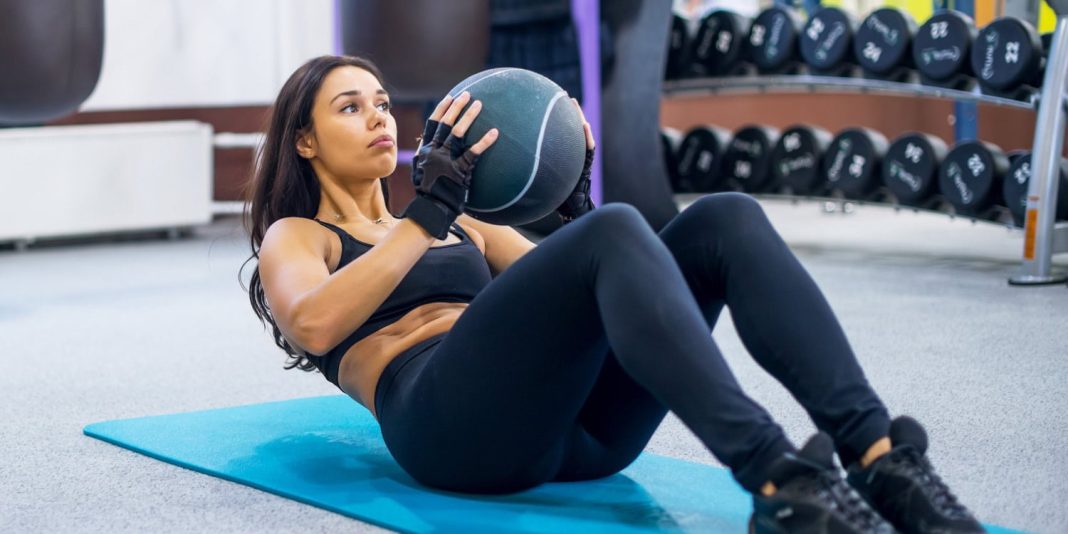Imagine you’re in the middle of a grueling workout, pushing through that final set of crunches, feeling the burn in your core. Suddenly, alongside the physical exertion, an unexpected sensation washes over you – one typically reserved for much more intimate moments. Believe it or not, some people experience orgasms while exercising, a phenomenon that has intrigued and baffled individuals and, increasingly, scientists who want to understand why.
The “Coregasm” Phenomenon: More Than Just a Myth
For many, the idea of an exercise-induced orgasm sounds like something out of a quirky fiction novel. Yet, for a significant number of people, it’s a very real, often surprising, and entirely involuntary experience. The most commonly reported trigger is abdominal exercises – hence the popular term “coregasm.” Activities like sit-ups, crunches, leg lifts, and climbing exercises are frequently cited as the culprits.
What makes these experiences particularly fascinating is their non-sexual nature. Those who experience them often report no sexual thoughts, fantasies, or explicit stimulation leading up to the orgasm. It’s purely a physiological response to physical activity. “It’s often described as a surprising, pleasant sensation, completely disconnected from sexual thoughts or explicit stimulation,” says Dr. Emily Parker, a research psychologist specializing in human physiology. “Many report feeling a mix of confusion and pleasure, wondering what just happened.”
What Scientists Know (and Don’t Know)
While anecdotal evidence abounds, dedicated scientific research into exercise-induced orgasms is still in its infancy. The phenomenon presents unique challenges for researchers, from the subjective nature of the experience to the difficulty of creating controlled study environments. However, initial studies and theories point to several potential mechanisms.
One leading hypothesis involves the intense engagement of the pelvic floor muscles during core exercises. These muscles are also crucial in sexual arousal and orgasm. The sustained tension and relaxation, combined with increased intra-abdominal pressure, might stimulate nerve pathways – such as the pudendal nerve, which innervates the genitals, or even the vagus nerve, which plays a role in numerous bodily functions, including pleasure and arousal. Furthermore, increased blood flow to the pelvic region during exercise, coupled with the release of endorphins and other neurochemicals associated with physical exertion and pleasure, could contribute to the sensation.
It’s also worth noting that while “coregasms” are the most publicized, similar experiences have been reported during other forms of exercise, including weightlifting, cycling, spinning, and even running. This suggests a complex interplay of muscular engagement, nerve stimulation, and physiological responses that extend beyond just the abdominal muscles.
Beyond the Gym: Implications for Understanding Pleasure
The study of exercise-induced orgasms isn’t just about quirky gym anecdotes; it holds potential for a deeper understanding of human pleasure and the intricate connections between our nervous system, muscles, and emotional responses. By unraveling the mechanisms behind these involuntary physiological reactions, scientists might gain insights into broader aspects of sexual function, non-sexual pleasure pathways, and the body’s incredible capacity for unexpected sensations.
For now, if you’ve ever felt that surprising jolt during a workout, know you’re not alone. It’s a testament to the remarkable, sometimes mysterious, workings of the human body, and a frontier that scientists are only just beginning to explore.




